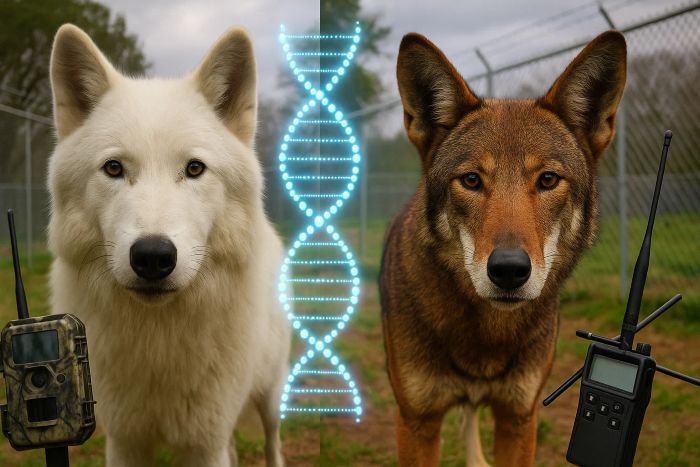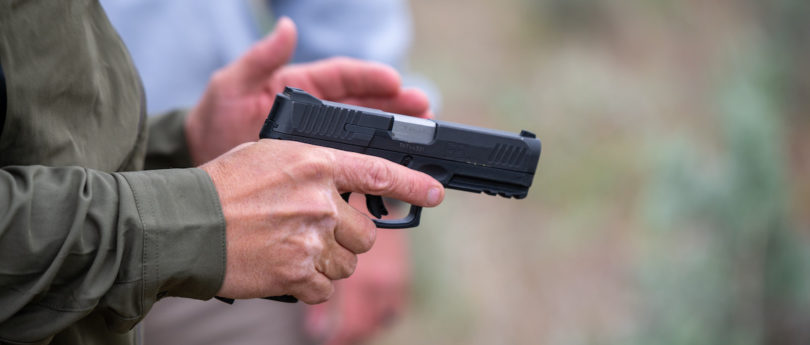Colossal Biosciences isn’t just bringing back extinct species – they’re revolutionizing wildlife conservation in the process. Alongside their successful dire wolf de-extinction project, the company has successfully cloned two litters of red wolves, the most critically endangered wolf species in the world.
According to Colossal CEO Ben Lamm, the company’s approach is to “pair every animal de-extinction event with a species preservation event,” with the dire wolf project being linked to the conservation of the red wolf. This strategy has already shown remarkable results.
Red wolves are America’s only endemic wolf species and among the most endangered wolves globally, with just 15 individuals remaining in the wild. Using the same technology developed for the dire wolf project, Colossal has successfully cloned four red wolves from three different genetic founder lines – one female named Hope and three males named Blaze, Cinder, and Ash.
These new genetic lines could increase the overall genetic diversity of red wolves by approximately 25%, addressing one of the most critical challenges in endangered species conservation – genetic bottlenecks.
The impact extends beyond the laboratory. Colossal is already in discussions with the Department of Interior, the governor of North Carolina, and the federal government about reintroducing these genetically diverse red wolves into the wild.
This conservation connection was intentional. According to Lamm, the dire wolf project emerged from a “perfect Venn diagram” where they could “bring back a species that’s culturally relevant, that our indigenous partners care about, and we can use the technologies to save the red wolves.”
A New Conservation Paradigm
Colossal’s approach represents a fundamental shift in conservation strategy. Traditional conservation efforts primarily focus on habitat preservation and breeding programs that utilize existing individuals within endangered populations. While these approaches remain essential, they often struggle with the genetic bottleneck problem, where limited genetic diversity leads to inbreeding depression, reduced fertility, and increased vulnerability to disease.
What makes Colossal’s methodology revolutionary is the application of advanced genetic technologies to introduce new genetic diversity into endangered populations. By cloning individuals from underrepresented genetic lines and potentially incorporating beneficial genes from related species or ancient DNA, they can potentially rejuvenate genetically compromised populations with new vitality.
The red wolf program exemplifies this approach. Using their non-invasive blood cloning technique, Colossal scientists were able to create wolves from genetic lines that had previously been underrepresented in the breeding population. This technique is particularly valuable as it doesn’t require invasive procedures that might stress already endangered animals.
Beyond direct intervention with endangered species, Colossal’s work carries significant implications for broader ecological restoration. The knowledge gained from both the dire wolf and red wolf projects could potentially be applied to other canid species facing extinction threats, such as the Ethiopian wolf or the Mexican gray wolf. Each successful application of these technologies builds upon previous work, creating a positive feedback loop of conservation innovation.
Colossal has also pioneered new collaborative models for conservation, bringing together indigenous communities, government agencies, academic institutions, and private enterprise. This multi-stakeholder approach ensures that conservation efforts benefit from diverse expertise and perspectives while addressing the cultural and economic dimensions of wildlife conservation. Their work with indigenous communities particularly highlights the importance of integrating traditional ecological knowledge with cutting-edge biotechnology for holistic conservation solutions.








